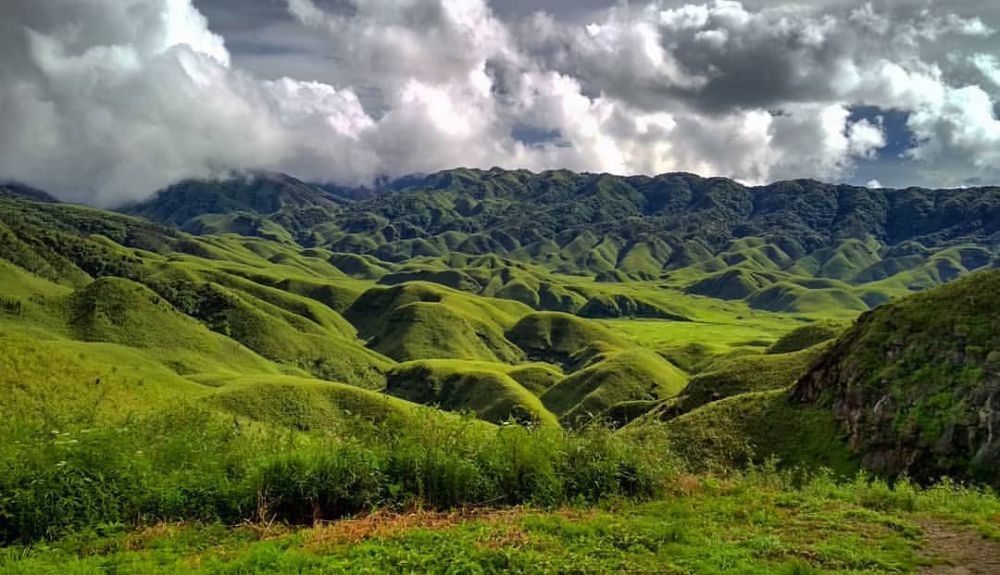

Nagaland, located in the northeastern part of India, is a region replete with lush landscapes, vibrant culture, and rich history. Amongst its many attractions is the magnificent Japfü Peak, situated near Kohima, the capital of Nagaland. Japfü Peak has been a point of interest for tourists and adventure enthusiasts for many years, and its tourism history is as intriguing as the views it offers.
The history of tourism at Japfü Peak is relatively young, much like the rest of Northeast India, which remained unexplored for a large part of modern history due to its remoteness and the region's sensitive geopolitical location. It wasn't until the late 20th century that the area began to open up for tourism.
Japfü Peak, standing at an altitude of approximately 3048 meters above sea level, is the second highest peak in Nagaland and offers some of the most breathtaking views of the region, including vistas of the distant Mt. Everest on a clear day. The peak has long been a cherished spot for local tribes, and with the advent of tourism, adventurers from across the globe have sought the peak for trekking and experiencing the local culture.
In the past few decades, the growth of tourism at Japfü Peak has been steady. Investments in infrastructure, promotion of eco-tourism, and the hospitality of the indigenous people have played vital roles in its development. The famous Hornbill Festival, which showcases Naga culture, has also contributed to this, bringing in thousands of tourists in December each year who often extend their stay to explore Japfü Peak and other attractions in Kohima.
Today, Japfü Peak is not only a haven for trekkers but also a site for biodiversity and nature enthusiasts. One of the latest trends in Japfü Peak tourism is the observation of the rare and endemic dwarf rhododendron, which is only found in this region and blooms around April. Alongside this, bird watching has gained popularity, with the region being home to various unique and exotic bird species.
Moreover, community-based tourism initiatives have started to pick up, with local tribes offering homestays and cultural experiences to tourists. These empower the local communities economically and ensure a more sustainable model of tourism.
Another emerging trend is the focus on adventure tourism, which caters to individuals looking for activities such as rock climbing, paragliding, and camping under the stars. This is especially ideal in the Dzükou Valley and Japfü Ranges, known for their mystical landscapes and natural beauty.
With continued emphasis on sustainable practices and community engagement, the future of tourism at Japfü Peak looks promising. The Nagaland government, alongside various NGOs, aims to further develop the tourism sector by improving connectivity, creating more eco-friendly accommodation options, and providing better information and facilities for tourists.
Furthermore, with the growing popularity of offbeat destinations among travelers, Japfü Peak's pristine environment and cultural richness position it as a sought-after destination for those looking to venture off the conventional tourist tracks in India.
Visitors to Japfü Peak are advised to come prepared for the weather and terrain. The best time to visit is from October to May. Travelers should also respect the cultural norms and ecological sensitivity of the area, contributing to the preservation of Japfü Peak's natural and cultural heritage for generations to come.